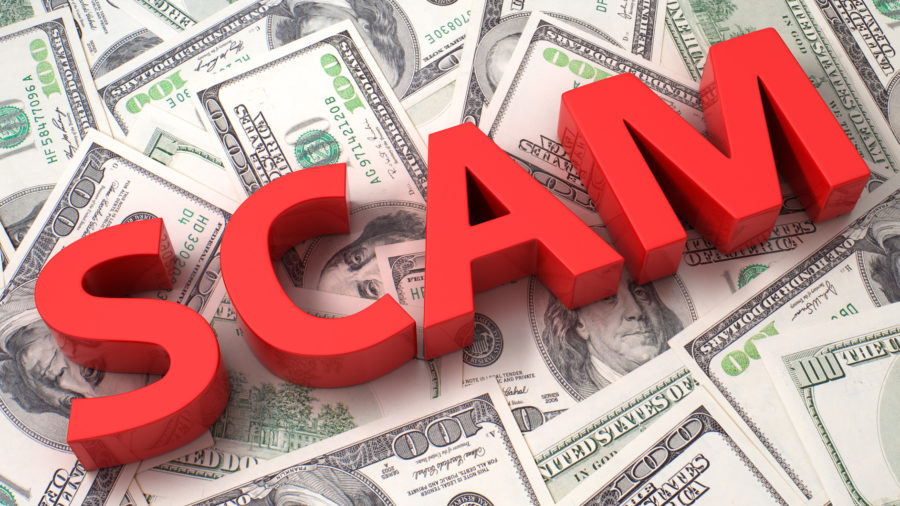Seniors and Donations – 7 Resources to Help Detect Scams
The holiday season has always been called “the season of giving.” Accordingly, non-profit organizations increase their mailings and requests for our dollars and cents. No gift, they say, is too small. Research cited by the National Philanthropic Trust (NPT), found that in 2018 Americans donated a total of $427.71 billion. “The largest source of charitable giving came from individuals at $292.09 billion, or 68% of total giving; followed by foundations ($75.86 billion/18%), bequests ($39.71 billion/9%), and corporations ($20.05 billion/5%).”
Needless to say, philanthropy is big business. Unfortunately, not all nonprofit groups are legitimate. Some are, in the purest sense of the word, thieves, and will do most anything to steal your money, especially during the holidays. I have written several articles on donations, scams and common-sense ways to be more discerning in who you give money to. Still, there are a few whose pleas make us scratch our heads and question their legitimacy. It’s these instances when common sense may not be enough and you need additional help. Today, I will be presenting seven resources that can help you better discern which charities are legitimate and those that are not.
- IRS – Tax scams pick up during the holidays. We all need to be on the alert for people posing as an IRS agent online, over the phone, or in a letter. Know that the IRS would never ask you for personal information over the phone or in an email.
- Charity watch – Their goals include “to research and evaluate the efficiency, accountability and governance of nonprofit organizations; to educate the public about the importance of wise giving; to inform the public of wasteful or unethical practices of nonprofits and provide recognition to highly effective and ethical charities …”
- Charity navigator – They have developed “an unbiased, objective, numbers-based rating system to assess over 9,000 of America’s best-known and some lesser known, but worthy, charities.”
- Guide star – “Each year, millions of people use GuideStar information to make decisions about nonprofits and the work they do. Donors explore charities and issues they want to support. Nonprofit leaders benchmark their organizations against their peers. Funders research grantees …”
- BBB wise giving alliance (give.org) – “The Wise Giving Guide is published three times a year to help donors make more informed giving decisions. Each issue includes a cover story on a topic related to charity accountability and a compilation of the latest national charity evaluation conclusions completed by the BBB Wise Giving Alliance.”
- ACFE – “The ACFE is the world’s largest anti-fraud organization and premier provider of anti-fraud training and education. Together with more than 85,000 members, the ACFE is reducing business fraud worldwide and inspiring public confidence in the integrity and objectivity within the profession.”
- AARP fraud watch – Helps seniors be aware of several scams including identity theft, medical equipment, veterans and many more.
Everyone, especially seniors, needs to be careful about who they donate to. The groups listed above are not the only scam busters around. I’m sure there are dozens of other groups with equally good information.
I’m, by nature, very cautious, so you should not let my jadedness influence you and who you donate to, but be knowledgeable in your giving. There are good groups out there and good ways to give. Plus, there are numerous vehicles to use in gift-giving, cash, 401K, or another fund. Just be sure that whatever instrument you use does not risk your retirement. The above resources can help, but it still might not be a bad idea to check with your CPA or investment advisor.


Recent Comments